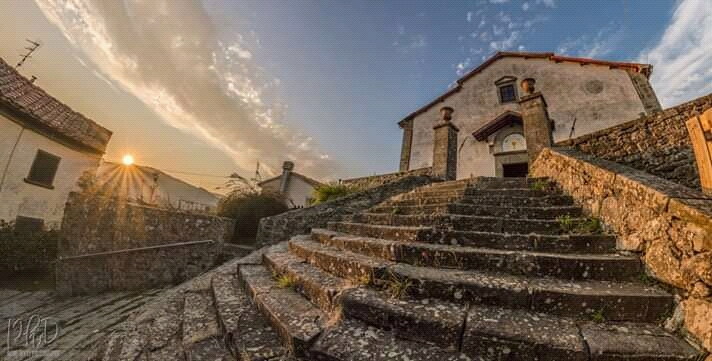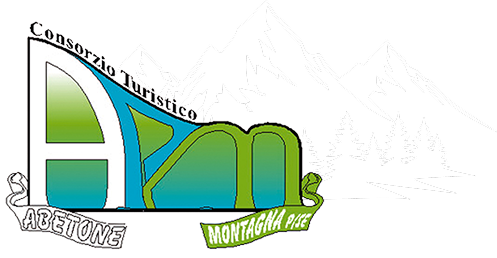Calamecca

Calamecca is a delightful medieval village located in the center of the Val di Forfora, the highest part of the Svizzera Pesciatina crossed by the minor branch of the Pescia river, which includes the towns of Calamecca, Crespole, Lanciole and the localities of Casa di Monte and Pian del Meo. The first news of Calamecca dates back to the early Middle Ages around 700 AD, but it was later events that made it famous. In 1182 the town was destroyed as punishment for having rebelled against Pistoia and then rebuilt in 1332, however, taking away the honor of the Pieve from the church. In 1530, however, it was chosen by Francesco Ferrucci and his army as a rest stop before leaving for Gavinana. Calamecca was in fact the only one among the nearby towns to side with the Cancellieri faction and for this reason it was a safe place to rest. Precisely to commemorate this event, the town square, from which you can admire a splendid view of the entire Val di Forfora, was named after the Florentine leader and the commemorative plaque is still visible. Another plaque is placed on the wall of the house of Abbot Pietro Contrucci, a writer and leading figure of the Pistoia Risorgimento. Inside the square you can also admire the fountain with the Medici coat of arms, which according to legend has never stopped pouring water since it was built. In the outer part of the square instead there is a sixteenth-century Verginina protected by a valuable wrought iron grate. Near the square, in Via del Borghetto after only 50 meters on the left, you can visit a room in which the inhabitants of the town have collected all the tools that were used in peasant life. Following the characteristic paved streets and the spiral-shaped houses you arrive at the Church of San Miniato, recently included in the campaign "I Luoghi del Cuore" of the Fai.
The church is located where the fortress once stood and is accessed via a stone staircase. Inside the church, dedicated to the patron saint of the town, you can admire the three naves with Romanesque-style round arches. The high altar, bordered by a balustrade from 1672, and the baptismal font are both in pietra serena, finely worked by local stonecutters. However, the eye-catcher is certainly the eighteenth-century ceiling. Made entirely of wood, it is composed of 21 coffers, separated by decorated frames, depicting the apostles, the cherubs and the column of the Holy Spirit.

 Italiano
Italiano